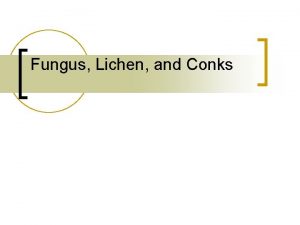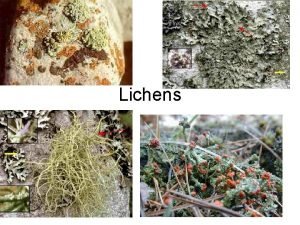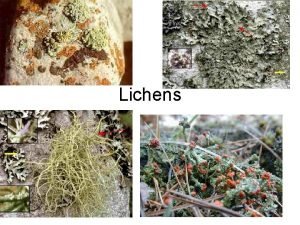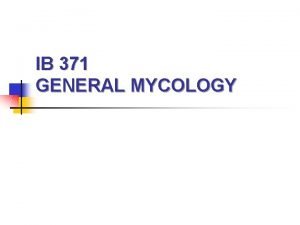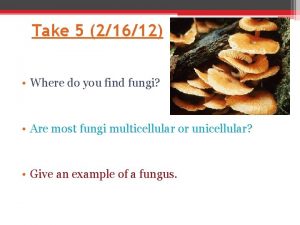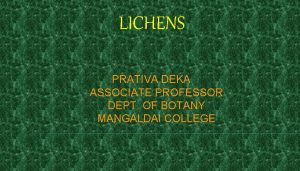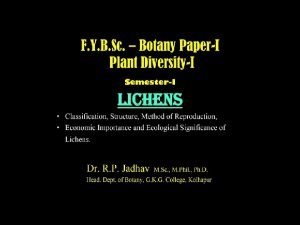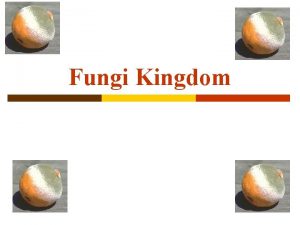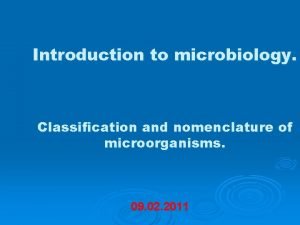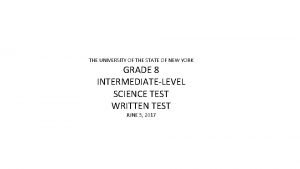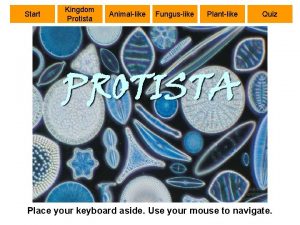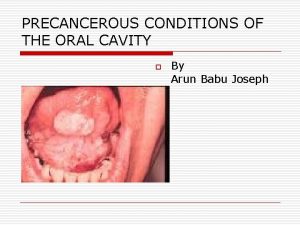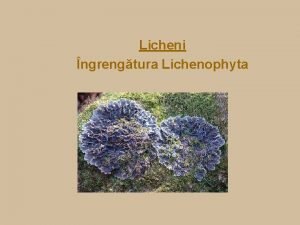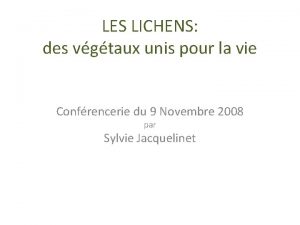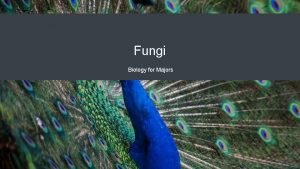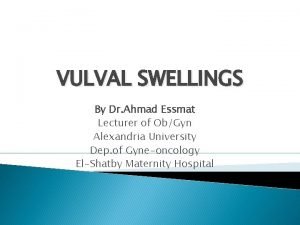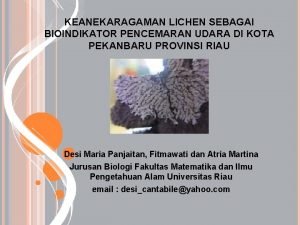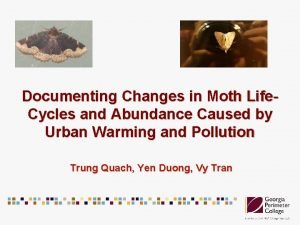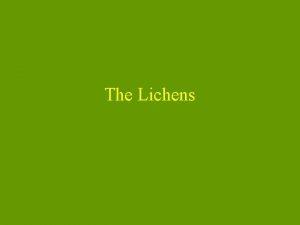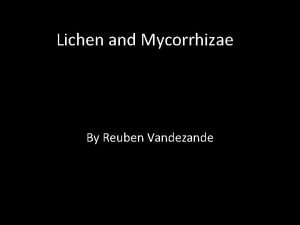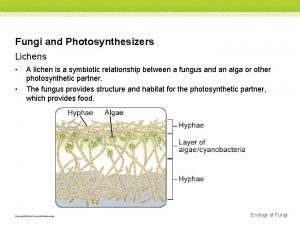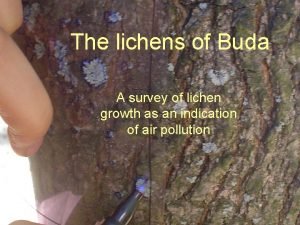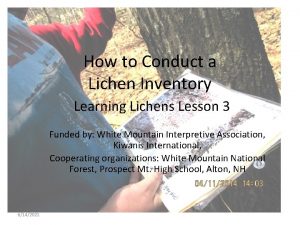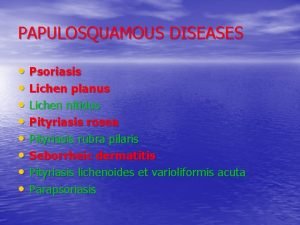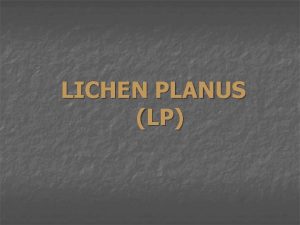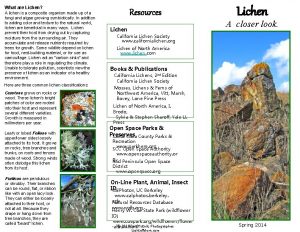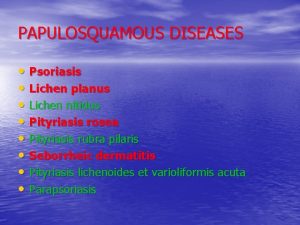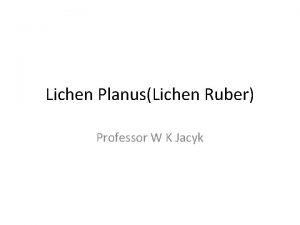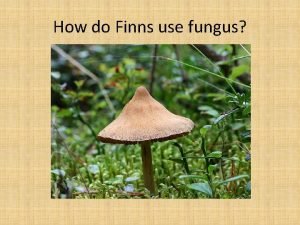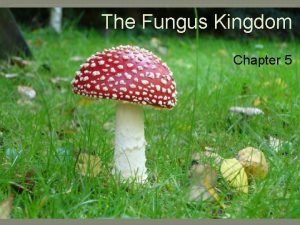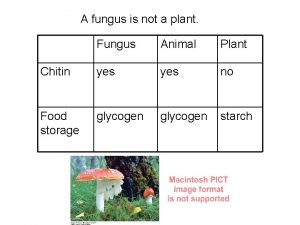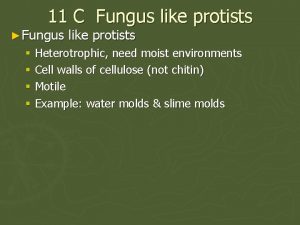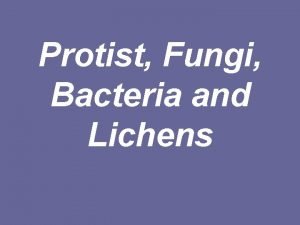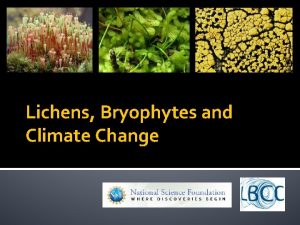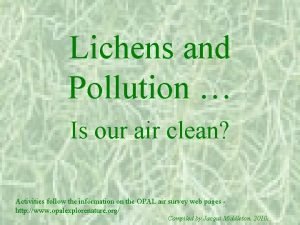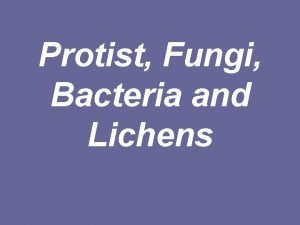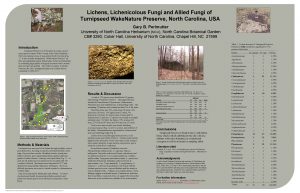Lichens Lichen An association of a fungus and



























- Slides: 27

Lichens

Lichen • An association of a fungus and a photosynthetic symbiont resulting in a stable vegetative body having a specific structure • Unique entity formed by a fungus and a photoautotroph (alga or cyanobacterium) that has characteristics that neither has alone • Widely distributed – grow on soil, rocks, trees, marine or intertidal • Variety of habitats – cold to hot, arid to moist • Withstand environmental extremes • May be dominant vegetation (e. g. tundra)

Lichens • Are primary colonizers in succession • Involved in weathering of rock and formation of soil • May exist where other organisms can’t – surface of desert rocks, alpine, arctic, etc.

Air pollution • Even though lichens are very resistant to natural environmental extremes – they are extremely sensitive to air pollution – particularly SO 2 • Obtain nutrients from atmosphere, not soil • Both species composition and numbers of thalli decline from edge to center of industrialized areas • Some are useful as indicator species

Classification • Classified to species –based on morphology of fungal symbiont • Classification of the lichenized fungus • Fungal symbiont never found free-living • Are currently ca. 14, 000 species of lichenized fungi • Most are in the Ascomycota – ratio of lichenized to nonlichenized Ascomycota is 14, 000 : 15, 000

Fungal symbiont • Most lichenized fungi are Ascomycota – most form apothecia, some form perithecia and pseudothecia • 12 orders include mostly lichenized members • Some are Basidiomycota – Aphyllophorales, few Agaricales • Some are Deuteromycota

Autotrophic symbionts • Green algae – Trebouxia is a common genus, found in 75% of lichens in temperate zone • Cyanobacteria – Nostoc is a common genus • Ca. 26 genera of algae and cyanobacteria found in lichens, 90% of lichens contain Trebouxia, Nostoc or one other genus • Autotroph may be free living

Thallus morphology • 4 basic types • Fruticose – branched, strap shaped or threadlike thallus, upright or hanging

Thallus morphology • Foliose – flattened branching lobes loosely attached to the substratum, leaflike • Have upper and lower surfaces

Thallus morphology • Crustose – flattened, scalelike, • No lower surface, tightly bound to substratum

Thallus morphology • Squamulose – intermediate between foliose and crustose • Scales, lobes smaller than in foliose • Intermediates exist

Internal structure • Contain various zones or regions of fungal tissue • In most, the autotrophic symbiont is restricted to a definite layer (in some, it is dispersed throughout) • Crustose thalli generally have simpler structure than foliose or fruticose thalli • May contain various fungal tissues and cell types

Internal structure

Internal structure

Internal structure

Reproduction • Sexual reproduction – characteristic of fungal symbiont • Ascospores are discharged, algal cells are not discharged with them • Thought that after ascospores germinate, they make contact with algal cells • Asexual reproduction – variety of mechanisms – e. g. fragmentation

Asexual reproduction • Specialized structures • Soredia - algal cells enveloped by hyphae, no cortex, form powdery masses on surface of thallus, detach from thallus • Isidia – column like structures with cortex

Isidia

Physiology • Autotrophic associations – algal cells carry out photosynthesis, lichen depends on net production of organic compounds by photosynthesis • Most of the photosynthate (70 -80%) produced by alga is incorporated into the fungus • Green algae secrete polyalcohols like ribitol, cyanobacteria secrete glucose • Photobiont becomes leaky of carbohydrates when associated with fungus – not so when grown alone

Growth • Exhibit low growth rates – many grow at rates of 1 -4 mm/yr, up to 9 cm/yr • Makes studies difficult • Factors affecting growth • Light – variable – some prefer low light intensities, others high • Temperature – variable • Moisture – appears to be an important variable, do not have water absorbing organs, depend on moisture in air

Moisture • When lichen thallus is wetted, absorbs water quickly by gelatinous matrix in the cortex • Starts growth process • As thallus dries, growth process slows and stops • Dew and humidity are important sources of moisture • Thalli are inactive when dry – only grow when wetted – may be responsible for slow growth rate

Separation of symbionts • Fungal symbionts grown in culture exhibit slow growth rates (1 -2 mm/yr) • Many exhibit requirements for vitamins • Algae also grow slowly in culture, Trebouxia prefers organic N and low light

Resynthesis of lichens • Difficult process – requires extreme environmental conditions to maintain • Periodic drying and low nutrients • Extended periods of high moisture lead to the fungus killing the alga

Symbiotic association • Traditionally been classified as a mutualistic symbiosis where both symbionts benefit • Fungus appears to be chief benefactor, receives – Organic compounds as C and energy source – With cyanobacteria, N fixation may occur so that the fungus also receives N source

Symbiotic association • Benefits for autotrophic symbiont are less clear-cut – Fungus produces substances that absorb water which is provided to alga – Fungus takes up inorganic nutrients from atmosphere – Protects algal cells from mechanical injury, predation, and high light intensities – Association allows alga to achieve a wider distribution than if free-living

Symbiotic association • Trebouxia is not very successful as a freeliving alga • Alga pays a high price for these benefits • Lichen might be a better example of controlled parasitism than mutualism • Lichens are long term, close symbioses • Together the organisms express different characteristics than individually

Symbiotic association • Sexual reproduction by fungus only occurs in the association • A number of chemicals are only synthesized by the symbiosis – dyes, antibiotics, essential oils, litmus (over 600 different chemicals unique to lichens have been identified)
 Fungi examples
Fungi examples Lichen association
Lichen association Lichen are the association of
Lichen are the association of Mycology and lichens
Mycology and lichens Among us
Among us Lichen thallus
Lichen thallus Lichens classification
Lichens classification Lichens
Lichens The importance of microbes
The importance of microbes Which principle
Which principle Quiz 2: animal-like protists
Quiz 2: animal-like protists Epithelial dysplasia
Epithelial dysplasia Lychenophyta
Lychenophyta Lichen ruber planus
Lichen ruber planus Lichen symbiose
Lichen symbiose Virginia mainardi
Virginia mainardi Zygomycota
Zygomycota Vin 1 photos
Vin 1 photos Lichen sclerosus vulvare
Lichen sclerosus vulvare N
N What are the steps of primary succession
What are the steps of primary succession Non neoplastic epithelial disorders
Non neoplastic epithelial disorders Prurito al clitoride
Prurito al clitoride Struktur anatomi lichen
Struktur anatomi lichen Lichen
Lichen Penicillium zygomycota
Penicillium zygomycota What are lichen
What are lichen Pretibial miksödem
Pretibial miksödem
